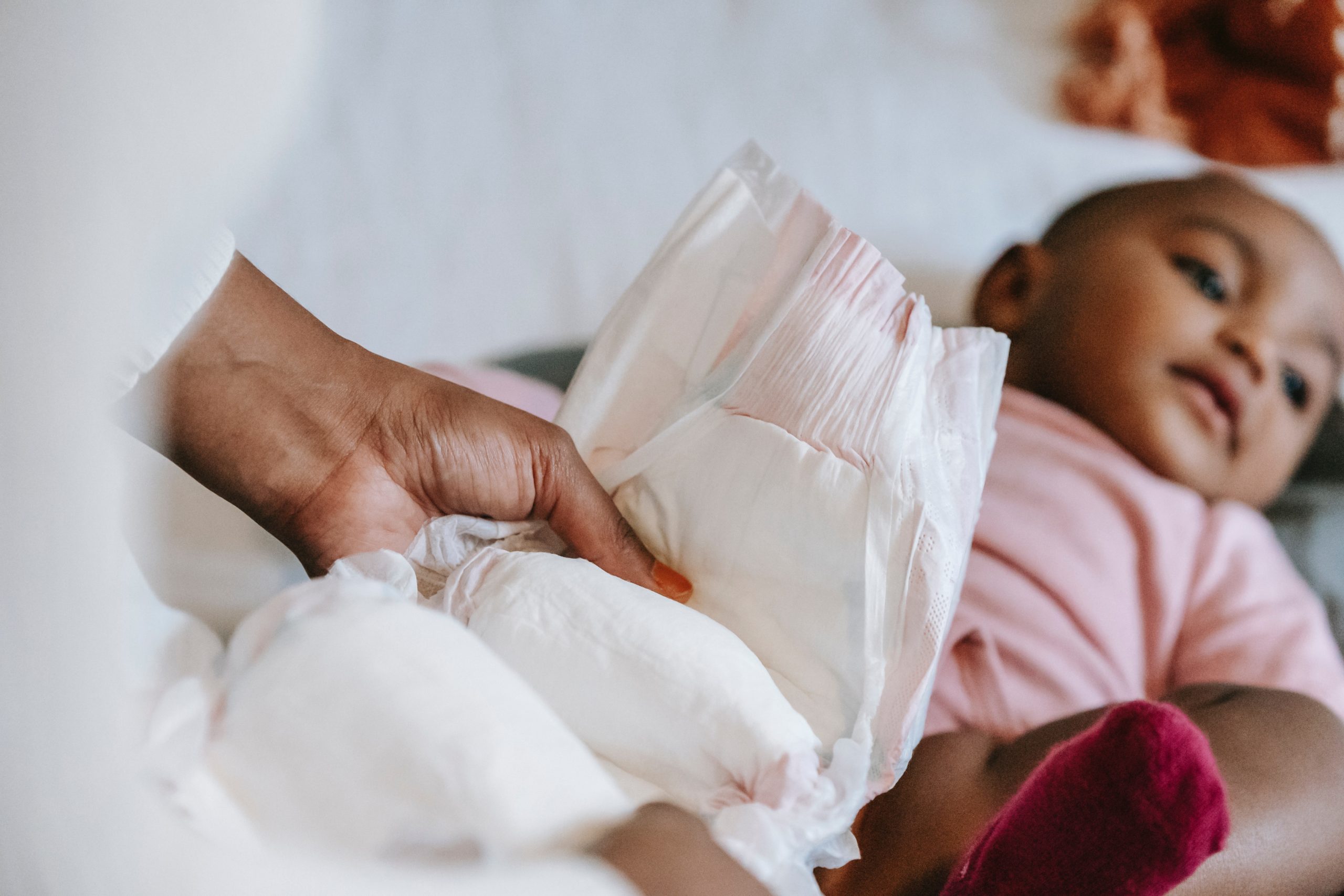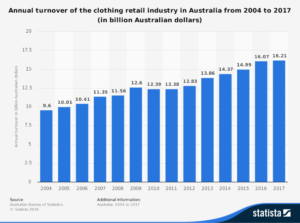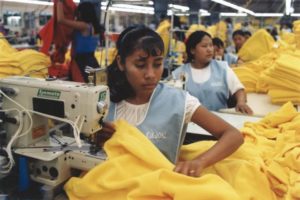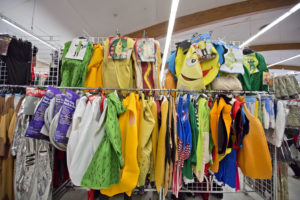Tips on how to deal with an uneased newborn.
It’s very common to worry when you’re trying to soothe a crying baby, but crying is normal, in fact, it’s your baby’s way of communicating with you.
Why do babies cry?
Babies can cry for several reasons including being hungry, cold, tired or simply because they need some attention. Commonly, babies cry for around two hours every day.
In the first six months after birth, newborns will wake at night for food to stimulate growth and development. Normally they won’t sleep through the night until they’re further developed and mature.
Signs of being tried
Similarity to children and even adults, babies show sign of being tried by rubbing their eyes, yawning, grizzling, fussing, frowning and of course, crying. By responding to these signs early, it can help them to have a better and longer sleep.

How to settle them
There are many things that can help settle your baby, including:
Making sure they’re well fed and get proper sleep
The first and most important step is to make sure your baby is properly fed and well-rested. Keeping a diary or record of their eating and sleep patterns can help you with this. Newborns need lots of sleep and can get tired after only being awake for one and a half hours.
Comfort them
There are several ways you can comfort your newborn to soothe them.
- Hold them. Holding your baby in your arms with skin-to-skin contact can ease them back to sleep. Try using a rhythmic pattern of patting and rocking them or even softly talking to them. It isn’t until they’re further developed that babies can start self-soothing, so it’s okay to pick them up.
- Wrap your baby. Often, covering your child in a soft material to act like a hug can help them settle. Make sure they’re not too hot, their head isn’t covered, and their arms are above waist level before wrapping them. Please note: if your child has started showing signs of rolling over do not wrap them.
Developing a routine
In the first few months after your child’s birth, it’s crucial to be flexible and do what your baby needs.
Where possible developing somewhat of a routine such as food, play and sleep. During the day the routine could simply include:
- Check and change their nappy if needed.
- Provide your baby with a good feed to sustain them for some time.
- Have some playtime together and enjoy some cuddles.
- Put them back to sleep.
At night time, it’s important to avoid playtime and instead focus on trying to get them back to sleep. Perhaps your routine could simply be rocking them back to sleep with a song.
Helping your baby distinguish the difference between day and night in your routine can also improve their sleep. At night time, try keeping it as dark as possible with dim lighting, soft-tones and try re-settling them as quickly as possible.

Other tips to try:
- A dummy: Sometimes the sucking rhythm from a dummy can help settle your baby if you’ve already fed them.
- A lukewarm bath: If you’re struggling to get your baby to settle, a warm, soothing bath can help them calm.
If nothing is working book an appointment with your GP or doctor to discuss possible treatments.

































 Despite this, the year was loaded with success for Karen as she managed to build strong relationships with influencers and received a lot of positive customer feedback.
Despite this, the year was loaded with success for Karen as she managed to build strong relationships with influencers and received a lot of positive customer feedback.


